
Pilgrims heartland
One journey links four nations, spans 400 years of history and connects millions of people.
Across England there are many places with connections to the Mayflower story and worldwide there are over 35 million descendants of the passengers and crew who sailed on her. The story of the Mayflower in the UK can be told through the histories of locations across England including: Chorley, Austerfield & Doncaster; Boston; Dartmouth; Gainsborough; Harwich; Immingham; Scrooby; Babworth; Plymouth; London Rotherhithe & the City of London; Dorking, Southampton; Worcestershire.
Discover the origins of the Separatists, through five leading passengers on the Mayflower in 1620.
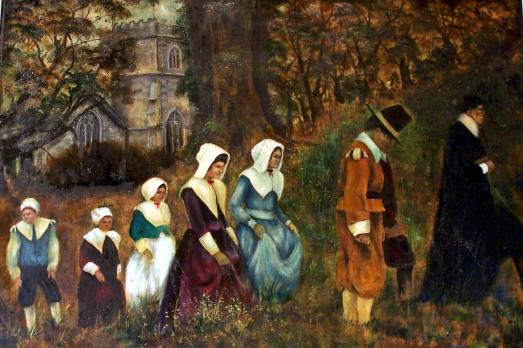
Richard Clifton
The separatists were inspired by the radical words of Richard Clifton, the rector of All Saints, Babworth.
He was rector here from 1586 until 15 March 1605, when he was taken to the Archbishop’s Chancery Court at York for failing to follow the church’s rules. They accused him of being non-conformist, sparking the origins of religious separatism. Clifton was taken in at Scrooby Manor from where he continued to preach and lead the Scrooby separatist congregation in secret.
The old Great North Road passes nearby, as a as a quiet track leading northwards from the church. This is the path that the separatists followed to hear Clifton preach. A painting in the church depicts their journey.
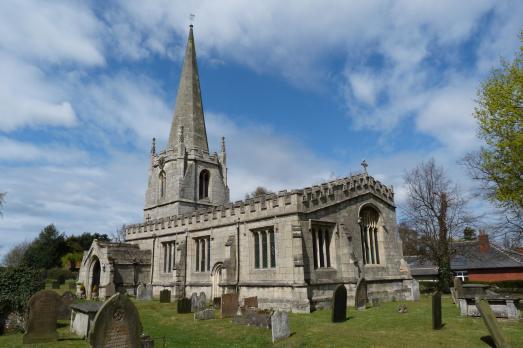
William Brewster
William Brewster was brought up in Scrooby and lived at Scrooby Manor where his father worked for both the Archbishop of York and the Crown.
He was inspired by Richard Clifton and, along with Richard Jackson, was fined for non attendance at St Wilfrid’s. When Richard Clifton was deprived of his living, Scrooby Manor became the Separatists meeting place.
The Scrooby congregation fled to Holland May 1608. Arrest warrants for William Brewster and Richard Jackson were issued but they had already left.
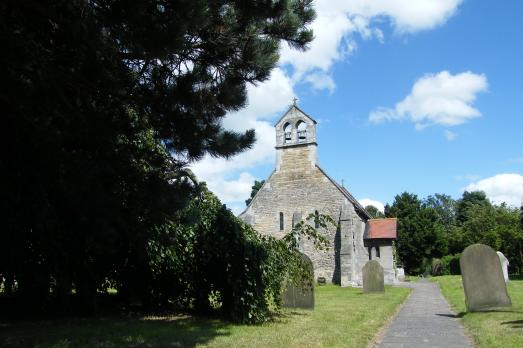
William Bradford
William Bradford was born here in the spring of 1590 and baptised in the font of St Helena, Austerfield. It is still used today.
Bradford, who was orphaned at an early age, attended St Helena’s where his uncle, Robert Bradford, was as a churchwarden. As a teenager, well versed in scripture, William Bradford joined the secret Scrooby Congregation and became a follower of Richard Clifton.
Inside the church is a glorious window, commemorating William Bradford, the Mayflower, the early Plymouth Colony and the signing of the Mayflower Compact. William Bradford went on to become Governor of Plymouth Colony in Massachusetts and was the second signer and primary architect of the Compact in Provincetown Harbor.
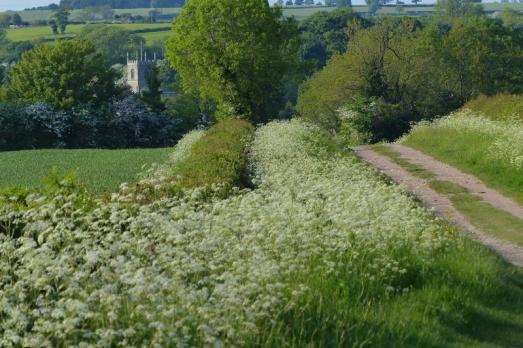
Robert Southworth
Clarborough was the birthplace of Separatist preacher Robert Southworth.
He and his cousins, Edward and Thomas Southworth, was baptised in St John the Baptist. Although Edward was expected to join the Plymouth Colony, he died shortly after the sailing of the Mayflower.
His widow, Alice Carpenter-Southworth, later married the widowed Governor William Bradford in Plymouth in 1623. Alice and Edward’s two sons, Constant and Thomas Southworth, also settled and thrived in Plymouth Colony.
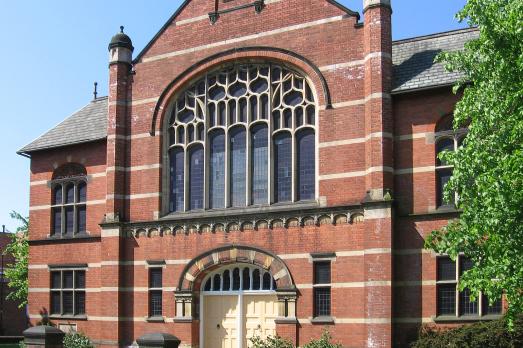
John Robinson
John Robinson lived with his wife in Sturton le Steeple and became involved with leading preachers in the Nottinghamshire and Lincolnshire area. The Scrooby Separatists, made an abortive attempt to emigrate to Holland in 1607 from Boston but were betrayed and Robinson was among those who were held.
In 1892 leading Congregationalists in England and America agreed to raise a suitable church as a memorial to John Robinson. A tablet reads: 'This tablet, unveiled June 11th 1902 in the 300th year after the formation of the church in Gainsborough with which the name of John Robinson is associated, stands as a record of the co-operation of American with English Congregationalists in erecting a building to commemorate him, the thought of whom stirs equal reverence in English and American hearts'.
